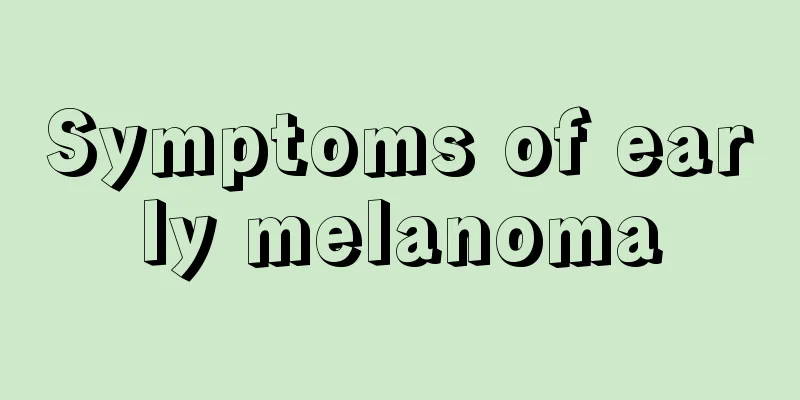What are the pathological manifestations of tongue cancer

|
What are the pathological manifestations of tongue cancer? There is a cause before there is an effect, and the same is true for the occurrence of tongue cancer. Many of us do not understand what the pathology of tongue cancer is, let alone what the pathological manifestations are. If we know some of the pathological manifestations of tongue cancer, we can determine which pathology causes tongue cancer and help us treat it faster. Tongue cancer usually occurs at the edge of the tongue, followed by the tip and back of the tongue. It is usually ulcerative or infiltrative. It is generally highly malignant, grows fast, and is highly infiltrative. It often affects the tongue muscles, resulting in limited tongue movement and sometimes difficulty in speaking, eating, and swallowing. In the late stage, tongue cancer can spread to the floor of the mouth and mandible, fixing the entire tongue; it can develop backwards and invade the palatoglossal arch and tonsils. If there is secondary infection or invasion of the tongue root, severe pain often occurs, and the pain can be reflected to the ear and temporal area and the entire head and face on the same side. Tongue cancer often metastasizes to the cervical lymph nodes at an early stage, and the metastasis rate is high. This is because the tongue has abundant lymphatic vessels and blood circulation, and the tongue has frequent mechanical movements, which are factors that promote the metastasis of tongue cancer. Medical | Education | Network Collection and Compilation: The cervical lymph node metastasis of tongue cancer is often on one side. For example, tongue cancer that occurs on the back of the tongue or crosses the midline of the tongue can metastasize to the contralateral cervical lymph nodes; cancer located in the front of the tongue often metastasizes to the submandibular and upper and middle groups of deep cervical lymph nodes; cancer at the tip of the tongue can metastasize to the submental area or directly to the middle group of deep cervical lymph nodes. In addition, tongue cancer can metastasize to distant sites, usually to the lungs. Next, let’s take a look at the pathological manifestations of tongue cancer. 1. Ulcers that do not heal for a long time on the edge, tip, back or belly of the tongue. 2. Rapid growth, pain, hard texture, unclear borders, tenderness 3. Restricted tongue movement, difficulty in eating and swallowing. If the above three symptoms occur, you should pay attention to the occurrence of tongue cancer. You can usually take some Chinese medicine with anti-cancer effects, such as the anti-cancer essence ginsenoside Rh2, which contains about 16% or more ginsenoside Rh2. It can achieve anti-tumor effects by reversing the differentiation of cancer cells into normal cells, regulating the proliferation cycle of tumor cells, and immunomodulating effects. It has a good control effect on the early stage of the disease, and I believe it will be helpful. |
<<: What tests should tongue cancer patients undergo after arriving at the hospital
>>: Can Traditional Chinese Medicine Prevent Recurrence of Tongue Cancer?
Recommend
Symptoms of gallbladder disease
Gallbladder disease is a common disease, but the ...
What are the symptoms of nose pain
The nose is an important organ in the human body....
Introduction to the best method to treat myopia
With the advancement of technology in recent year...
Causes of alveolar rupture
Because the lungs are responsible for the main re...
Tips for removing mildew spots on clothes
The weather is relatively humid in the summer. If...
Summer skin grows red envelopes
In the hot summer, the body will sweat easily, an...
Will staying up late at night cause spots?
In midsummer, more and more people stay up late, ...
What causes constipation
Many people suffer from constipation in our lives...
What foods are incompatible with apples
Apple is the king of fruits, rich in nutrients an...
How should patients with cardia cancer regulate their diet? What should patients with cardia cancer eat to supplement nutrition?
After suffering from cardia cancer, you should ea...
The reason why women have fibroids. Can women with fibroids get pregnant?
The reasons why women have fibroids may be relate...
What are the reasons for white bubbles in the mouth
When autumn comes, many people will find some whi...
How to completely cure hamartoma
The treatment effect of hamartoma has always been...
Pain under the left ribs after drinking
In the eyes of many people, drinking is seen as a...
What are the reasons for bloating after eating?
Having a bloated stomach after eating is an exper...









